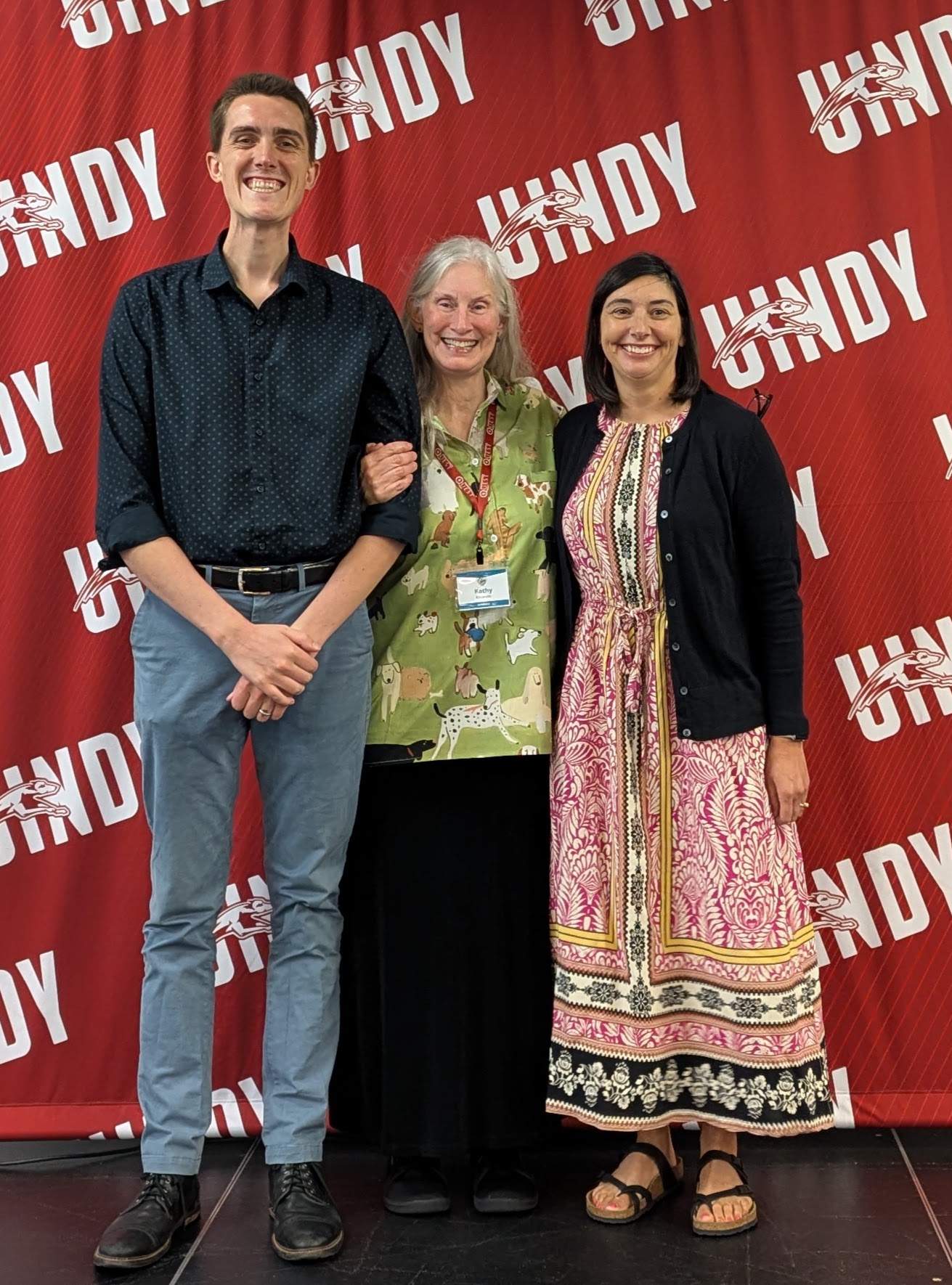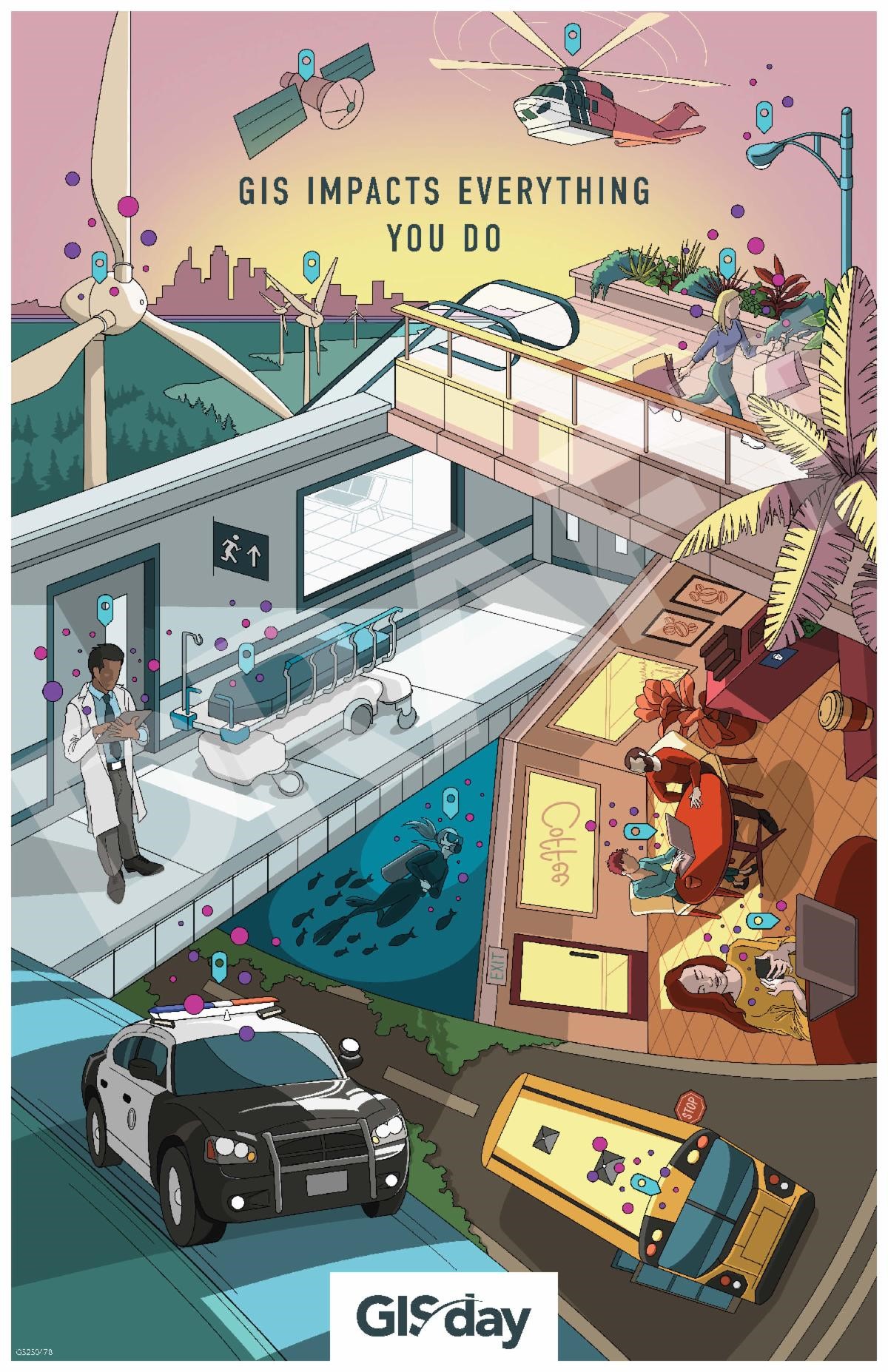Nov17
CONGRATULATIONS!
Michelle Sanson, Indiana's Geography Educator of the Year Award Recipient, from Wea Ridge Middle School in Lafayette
Matt Evans, GENI's Friend of Geography Award Recipient, for his collaborative work in updating the Giant Map of Indiana




